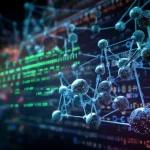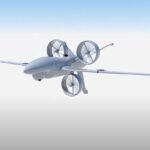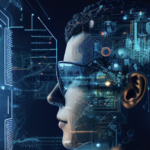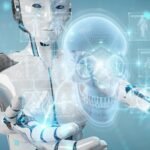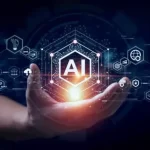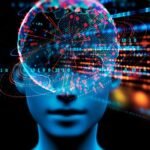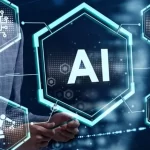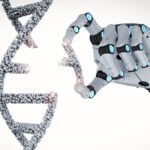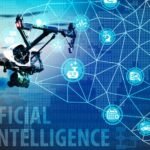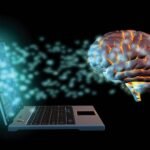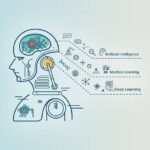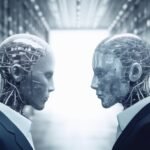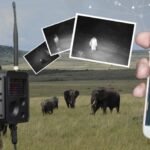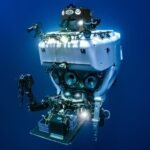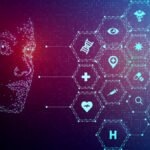AI in Architecture and Design: AI applications for architectural planning and design optimization.
In the ever-evolving field of architecture and design, creativity meets technology to shape the way we inhabit and interact with our environment. With the advent of artificial intelligence (AI), architects and designers are discovering a powerful tool that not only accelerates their creative process but also offers innovative solutions to complex challenges. From streamlining design workflows to optimizing building performance, AI is reshaping the future of architecture and design in remarkable ways.
AI-Driven Design Exploration
The heart of architecture lies in design exploration—finding the perfect balance between aesthetics, functionality, and sustainability. AI offers architects a digital partner capable of generating and evaluating countless design iterations quickly.
1. Generative Design: AI-powered algorithms can create a multitude of design options based on input parameters. This allows architects to explore novel concepts that might otherwise remain unexplored due to time constraints.
2. Site Analysis: AI can analyze site data, including topography, climate, and surroundings, to inform design decisions. This ensures that buildings are not only visually appealing but also well-adapted to their environment.
Efficiency in Design and Planning
AI accelerates design and planning processes, helping architects optimize their creations while ensuring efficient resource utilization.
1. BIM Integration: Building Information Modeling (BIM) platforms augmented by AI enhance collaboration and coordination among project stakeholders. AI algorithms can detect clashes, validate designs, and facilitate smoother project execution.
2. Parametric Design: AI-driven parametric design tools allow architects to establish relationships between design elements. Adjusting one parameter automatically modifies related aspects of the design, saving time and reducing errors.
Enhancing Sustainability and Performance
In an era of heightened environmental consciousness, AI empowers architects to create buildings that are not only visually stunning but also ecologically responsible.
1. Energy Optimization: AI algorithms simulate a building’s energy performance under various scenarios, helping architects choose designs that minimize energy consumption and maximize efficiency.
2. Material Selection: AI can analyze the environmental impact of different materials, guiding architects toward sustainable choices that align with their design vision.
Human-Centric Spaces and Personalization
AI is not only about optimizing design; it’s about creating spaces that cater to the needs and preferences of occupants.
1. Human Behavior Analysis: AI can analyze human behavior patterns within spaces to inform design decisions. This ensures that buildings are user-centric and foster comfort and productivity.
2. Adaptive Environments: AI-equipped buildings can adapt to changing needs. For example, lighting, temperature, and room configurations can be adjusted automatically to optimize comfort and energy use.
Challenges and Ethical Considerations
While AI holds transformative potential, its integration into architecture and design comes with challenges. Ensuring that AI-generated designs reflect human values, addressing bias, and maintaining a balance between automation and human creativity are important considerations.





